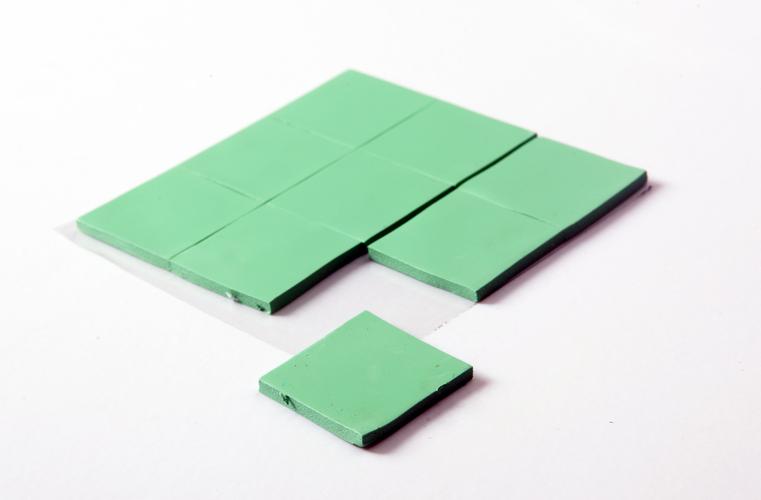+86-13928321129
jiahewell@jhzhb.com
- All
- Product Name
- Product Keyword
- Product Model
- Product Summary
- Product Description
- Multi Field Search
 English
English English
English
The heat conduction mechanism of thermally conductive silicone is a complex and exquisite system. An in-depth understanding of the microstructure, molecular vibration, macrostructure, grain interface and other factors of silica gel will help optimize the thermal conductivity of silica gel and promote its wide application in the field of thermal conductivity.
1. Microstructure
The microstructure of thermally conductive silicone is the basis of its thermal conductivity. The orderly arrangement of the silica gel lattice allows its molecules to transfer heat more effectively at the microscopic level. The stability and orderliness of the silica gel lattice provide a solid foundation for heat conduction.
2. Molecular vibration
At the microscopic level, the molecular vibration of thermally conductive silicone is an important factor in the thermal conductivity mechanism. The frequency and amplitude of silica gel molecular vibration determine the speed of heat energy transfer in the material, and the thermal conductivity is closely related to the efficiency of molecular vibration.

3. Macrostructure
The macrostructure of silica gel also plays a key role in its thermal conductivity. Thermal conductive silicone often exhibits a three-dimensional network structure, allowing heat to form a smoother conduction path in the material. This structure helps improve thermal conductivity.
4. Grain interface
The presence of grain interfaces in silica gel affects thermal conductivity. The existence of the interface may cause certain obstacles, but it also provides more conduction paths for heat energy transfer. Optimizing the design of the grain interface can further improve the performance of thermally conductive silicone.
5. Thermal conductive additives
At a macro level, the overall thermal conductivity of thermal silica gel can be effectively improved by adding thermal conductive agents such as metal particles. This engineering method is widely used in practical applications, providing more possibilities for the application of silicone in the field of thermal conductivity.
6. Effect of temperature on thermal conductivity
The thermal conductivity of thermally conductive silicone is usually affected by temperature. Within a certain range, an increase in temperature usually improves thermal conductivity, but too high a temperature may cause changes in the lattice structure, thereby affecting thermal conductivity.